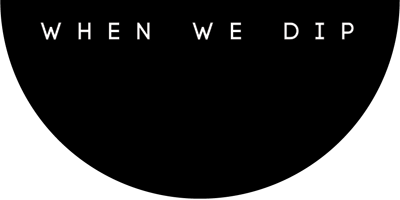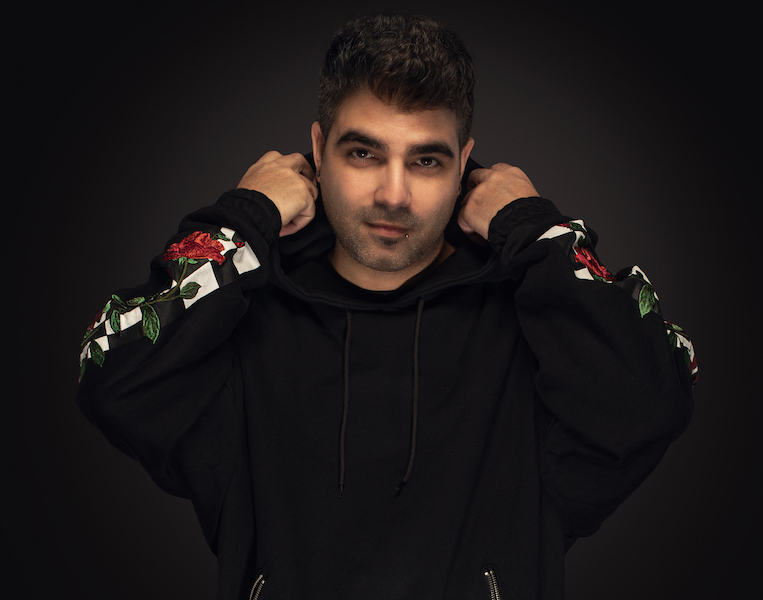Washington D.C.-based Enamour has become a definitive name of the dance floor, creating masterful soundscapes with no boundary of range: his productions infuse dreamy melodies of deep house, the potent power of progressive house and the smoldering, alluring momentum of dark techno.
Today, he shares with us five tips for the beginner artist who wish to becoming a better producer.
1. Listen Critically and Reference!
Beyond the common advice to reference specific professional tracks for arrangement, tonal balance, and even composition, there’s a huge benefit to be gained from listening critically to music. Spend some focused time trying to pick apart some of your favorite tracks and figure out why they are effective.
Some prompts to get you started:
How often does the melody repeat? How long is the pattern?
How complex is the bass/chord progression?
How often does it change to the next note? If it never changes, how does the song remain interesting?
How does the artist signal transitions or change energy?
How late in the song is a new element added?
How often are new elements introduced?
How many different sounds are present at one moment?
After a while, you may notice your habits shifting and your decision-making improving almost subconsciously, as the critical listening reshapes your mental models of an effective song.
2. Know Your Space
Every room (even well-treated ones) have some acoustic anomalies, most importantly flutter echo, reverb, and room modes. The latter essentially boils down to what frequencies are extra loud or extra quiet at your listening position. This is something that you can test and become well-aware of, which will help guide your decision-making especially with low-end.
You can check what frequencies build up and which disappear at your listening position with a sine wave generator to better understand your room’s problems so you don’t make bad decisions. Sonarworks SoundID can also help compensate for these issues, though they won’t get rid of them entirely because the problems are a function of your room shape/size.
Even though everyone advises to “trust your ears”, this saying doesn’t take into account that most people’s ears aren’t hearing an accurate depiction because of room issues. So, it can be very useful to employ visual tools like the free Voxengo SPAN (try the Lo-Freq Inspection preset) if you can’t fully trust your ears because of your room. Another way to avoid all of this entirely is to work with a good pair of flat studio headphones.
3. Fix Problems at their Source
“Mixing” is an outdated concept in some ways. We are often using MIDI and software and have infinite luxuries that engineers did not have 20+ years ago. Many of us electronic producers also do a lot (if not all) of the “mixdown” ourselves. Therefore some traditional ways of thinking don’t always apply to our work as producers (and mix engineers). Where a mix engineer would “fix” a problem on an audio stem, we can actually “prevent” that problem earlier in our DAW. Even a traditional engineer would prefer a new, better take over trying solve the problem with processing.
A good rule of thumb is to address problems/decisions as early in the signal chain as possible. This is precisely why I ask for project files (vs. stems) when I do mixdowns for other people. Here are some examples: If something is transient heavy or not sustained enough, adjust the synth’s envelope or MIDI note length before reaching for volume automation or even compression.
If a sound doesn’t quite fit in the mix or just doesn’t sound good, try swapping in a new sample or preset before reaching for EQ or other processing. The importance of good sound selection cannot be overstated!
Adjust the filter cutoff on the synth itself rather than a separate filter afterwards.
Consider adjusting/removing effects on a synth preset before trying to eliminate reverb, delay, etc. using additional advanced plugins. There are certainly exceptions to these examples, but I’m including them to get you thinking in a certain way. This tip also relates to a more general but infinitely important piece of advice: “Do Less.”
4. Keep it Simple
I think the biggest difference between amateurs and pros is how much is going on at once in their song. There seems to be a point in a producer’s journey (myself included at one time) where they rely on adding more to a song to make it better, when in fact, less would be more effective if the core songwriting was stronger. Sometimes your mix skills can even be sufficient enough to actually make a song with two leads, an arp, pads, a busy bassline and tons of drums all at the same time actually sound clean, yet the song itself is way less effective because of how busy it is. If you listen carefully to professional and successful music, you’ll realize how simple most of it is. And simple doesn’t imply it’s not complex–it just means it’s clear, effective, and intentional in its composition. Here are some tips to embody this “Do Less” mindset.
Think of your song like there’s a band performing it. Not only are there only so many hands to play instruments, but you wouldn’t hear a drummer constantly doing fills over the guitarist’s solo, who’s also fighting with the keyboardist’s solo, while the vocalist is singing the chorus. Negative space is your friend. Contrast creates impact.
Layer for a reason, and be able to articulate it to yourself out-loud as if you were your collab partner fighting for the decision. More on this below. Keep compositions sparse and they actually become more interesting.
Avoid situations where a listener would have trouble knowing what element to focus on (this can be compositional or mix-related) Don’t be afraid to cut elements out entirely. Try muting certain elements while listening to the track–if something is not obviously improving the composition when you unmute it, then it’s probably hurting it and you should keep it muted. This is a hard technique to adopt, but once you do, it can drastically improve your music.
5. Be Intentional
It’s a useful habit to treat every decision like you’re arguing a court case. I use this analogy with my Patreon subscribers, and they often quickly realize they are doing a lot of unnecessary things that overcomplicate their song or clog up their mix. Being intentional with everything you do is super important for mixing, but also leads to good, effective songwriting.
You don’t want this mindset to interfere with creativity though, so if needed, separate your sessions into writing and refining. Even “it sounds good” is enough of a reason to keep something, but you don’t want to fall back on that every time–be honest with yourself.






